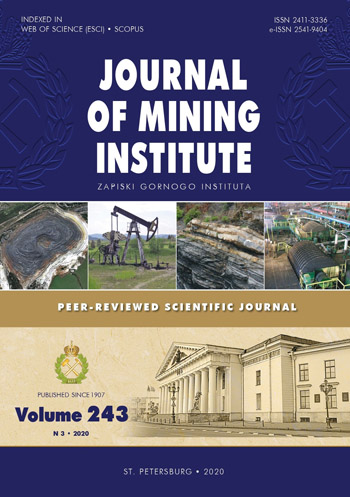Revisiting the evolution of deformation zones under platform conditions in the case study of the Kungur Ice Cave (Cis-Urals)
- Ph.D. Researcher Mining Institute of the Ural Branch of the Russian Academy of Sciences
Abstract
Observations in mining tunnels and caves allow to identify composition and development specifics of fault structures under subsurface conditions at various stages of geological history. Basing on the existing formation model of Kungur Ice Cave karst system, author examines the transformations of deformation zones, occurring in the mass of interlaid sulfate and carbonate rocks under platform conditions. Morphologic specifics of vertical structures – organ pipes, developed within one of the gypsum-anhydrite units, are defined by evolution stages of disjunctive faults, penetrating the entire rock mass of the Ice Cave. Point infiltration of surface waters and formation of a single channel, where rock softening and taluses from overlapping deposits gradually occur, are currently considered to be the initiators of pipe formation. At a later stage a sink forms on the surface, increasing the amount of water coming to the karsting mass. However, the size of debris in the talus, incommensurate with the pipe head, rounded arches of separate pipes, fragments of feeder channels, characteristic for artesian conditions of underground water circulation, faceted rock debris from overlapping deposits, specifics of wall structure all define the priority of pipe formation over grottos and cave galleries. Plastic properties of gypsum sediments and processes of their hydration define secondary modifications of pipe walls up to complete filling of the voids and formation of secondary pillars with subsequent renewed formation of vertical channels – significantly smaller in diameter and formed by infiltration waters when subject to corrosion.
